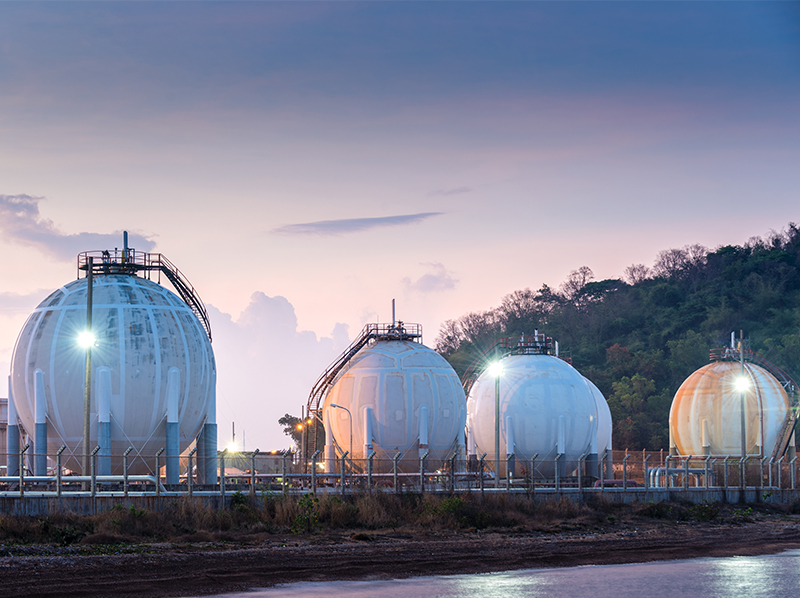
With the oil and gas industry grappling with volatile market conditions resulting from the COVID-19 pandemic, global gas demand is on course for its largest recorded drop in 2020.
The latest Gas 2020 report released by the International Energy Agency (IEA) points out that global gas consumption is expected to fall by 4%, or 150 billion cubic metres (Bcm), this year—twice the amount of lost demand following the 2008 financial crisis. Factors contributing to the unprecedented demand shock include lower heating demand from a mild winter, lockdown measures and the slowdown in industrial activities worldwide.
Global gas demand is expected to recover gradually in 2021, but the IEA notes that the COVID-19 crisis will have long-lasting impacts on the natural gas markets.
During the report’s launch, IEA Executive Director Dr Fatih Birol said: "Natural gas has so far experienced a less severe impact than oil and coal, but it is far from immune from the current crisis. The record decline this year represents a dramatic change of circumstances for an industry that had become used to strong increases in demand."
Notably, the IEA expects the bulk of post-2021 growth to take place in Asia, especially in China and India where natural gas benefits from strong policy support and ongoing reforms to increase the role of gas in the energy mix. Key takeaways from the report include:
- Gas market developments in Asia to set the pace for global demand recovery: The Asia Pacific region is expected to account for over half of incremental global gas consumption from 2022, spearheaded by gas developments in China and India. The industrial sector is the main source of demand growth in both countries. Hence, future growth is dependent on the pace of the recovery in domestic and export markets for industrial goods.
- Liquefied natural gas (LNG) remains the key driver of international gas trade: Global LNG trade grew by 12% in 2019—its fourth consecutive year of double-digit growth. While LNG trade volumes remained high in the first five months of 2020, up 8.5% y-o-y, the LNG market faces the prospects of prolonged oversupply, as the build-up in new export capacity from past investment decisions outpaces slower-than-expected demand growth.
- Main drivers of future supply growth under pressure: According to the IEA, the majority of incremental gas production comes from US shale and large conventional projects in the Middle East and Russia, for which the current oil price collapse and market uncertainty present a significant downside risk.
Read the Gas 2020 report for an in-depth analysis of the impact of the COVID-19 crisis on future natural gas market developments.